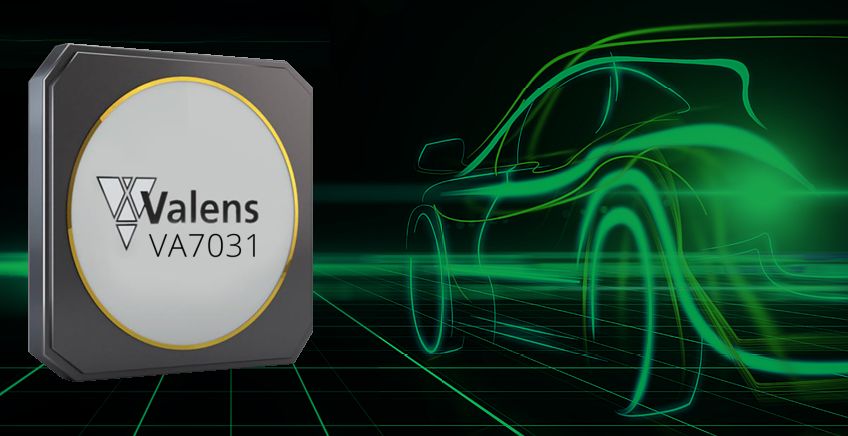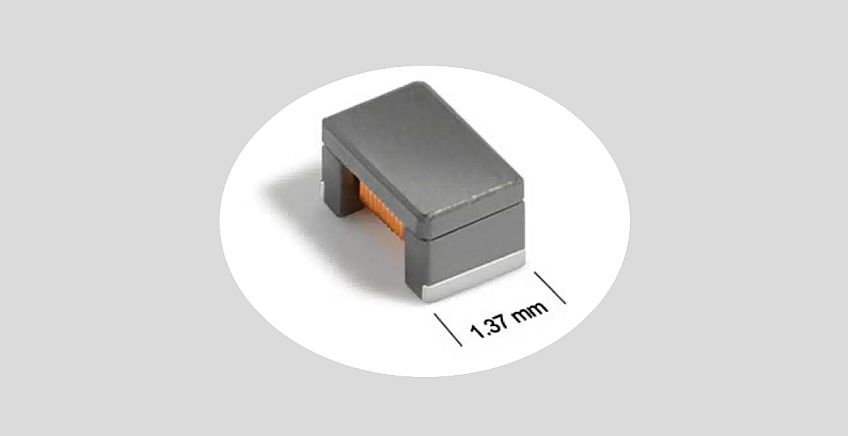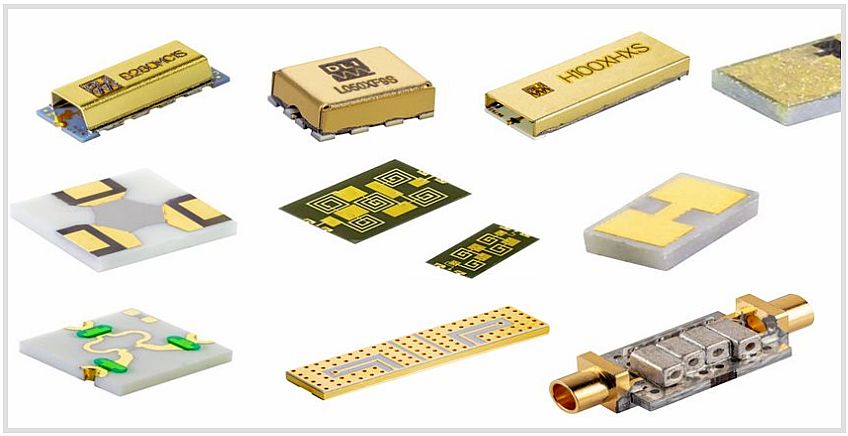MIPI’s first spec for vehicles is based on Valens
28 September, 2020
MIPI includes 330 electronics and chip companies. The new standard defines the interface between in-vehicle systems and ensures compatibility between manufacturers. Valens's VP of Marketing told TechTime: "This is a significant achievement for us and signals a great business potential"

The international organization MIPI Alliance, that develops interface specifications for the mobile industrie and includes most of the leading names in the electronics and chip industry, has released a new spec called MIPI A-PHY v1.0, which for the first time standardized the interface between the sensors and monitors in the vehicle and the computing units. The spec is designed to ensure the reliability of the in-vehicle safety and infotaiment systems. MIPI is mainly focuses on mobile interfaces, and A-PHY is the first spec it devised for the vehicle market, due to the importance of data link between in-vehicle systems.
The specification provides a common base for chip companies, camera and sensor manufacturers, software companies and auto-makers, for the development of integrated solutions in a uniform standard. The new standard is based entirely on the technology of the Israeli company Valens, which participated in the working group that formulated the standard. The group included about a dozen companies, selected from the roughly 330 members in the organization. Among the prominent companies in the group are Intel, Sony, Tectronics, ST, ON Semiconductor and others.
16Gbps along 15 meters
Valens’s VP of Marketing, Dana Zelitzki (a participant on behalf of the company in one of MIPI’s subgroups), explained to TechTime that the new standard is of great significance for MIPI and the industry as a whole. “MIPI dominates the mobile world, and it now wants to gain a similar footing in the automotive world. The goal is to produce a collection of solutions for all communication protocols in the vehicle environment. There are now working groups that are already working on additional standards.”
The A-PHY standard defines an architecture for fast and reliable asymmetric communication between vehicle systems on a single cable. Given the safety and performance requirements in the automotive world, the specification requires that the communication will have an ultra-low packet error rate (10-19 per communication package), ultra-high immunity to electromagnetic interference (EMC effects), and a data rate of 2-16 gigabits per second (Gbps) to a reach of up to 15 meters, with a future road map of up to 48Gbps in the future.
Zelitzki: “This standard will help simplify the interior architecture of the vehicle. Instead of having to use conversion components between different manufacturers’ hardware, manufacturers will be able to integrate the specification into the product during development, and ensure compatibility with all other products.”
The first product on the market that complies with the spec
In fact, the specification reflects the technology developed by Valens. The company’s communication chips enable to transmit uncompressed video and audio content, and data in various formats and protocols such as USB and Ethernet, at ultra-fast speeds and over a single Unshielded Twisted Pair (UTP) for up to 15 meters. This accommodates major hardware issues in the car, such as the excessive weight of cables in the vehicle and electromagnetic interferences that can impair signal quality.
Zelitzki: “This constitutes a very significant achievement for us, and also a great business potential. The whole industry is looking at MIPI, because it is the first standard that provides a solution for the interface between the vehicle and the sensors and cameras in it.” The standard is also compatible with Valens’s next-gen family of chips, VA7000, which is expected to hit the market in 2021 and provide uncompressed in-vehicle communications at speeds of up to 16Gbps.
The VA7000 chips are also designed to connect the sensory systems – such as cameras, LiDAR and radar – to the in-vehicle computing units. “The standard gives us a significant market advantage. The industry knows that the first product on the market that complies with the standard will be ours. We are focused now on execution in order to get the chips out to the market on schedule, and in building the ecosystem of companies such as camera and monitor manufacturers, that support the new standard.”
Daimler’s S-Class includes the previous Valens chip
Valens was founded in 2006 by a group of entrepreneurs from the company Mysticom and employs about 350 people, most of them in Hod Hasharon and the rest in the United States, Germany and East Asia. The technology was originally developed for the consumer electronic market. However, in January 2016 the company made a business shift and decided to adapt its technology to the needs of in-vehicle communications.
In late 2016, Valens announced a partnership with Daimler, which selected its previous chip, the VA6000, to provide the communication infrastructure for the entertainment and telematics systems in its cars. The 2021 S-Class models, launched a few weeks ago, already include Valens’s chips.
Posted in: Automotive , News



